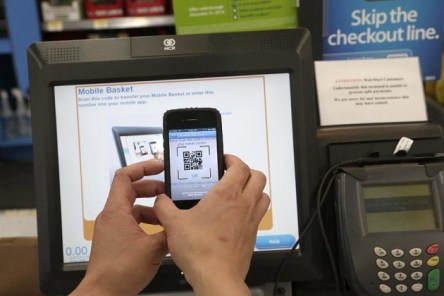The newest National Multifamily Housing Council (NMHC) survey offers dozens of helpful insights. The gathered data reflects 120,000 responses from 44 markets nationwide. Though the survey covers everything from home features to community amenities, we found one action item that can save you time, money, and headache: make online payments essential. Of those surveyed, 78 percent of renters prefer to pay rent online. If you aren’t offering online payments, your property instantly poses an inconvenience to renters. By offering online payments, you are reaching renters in a place where they spend much of their time. Pew Research Center data states that nearly 75 percent of Americans are online daily. Of that amount, more than 50 percent connect multiple times a day and 21 percent are on their mobile devices “almost constantly.” Online payment processing is a value-added convenience for renters. It allows them to automate payments, avoid late fees, and skip the hassle of ordering, paying for, and writing checks. Since so many Americans are already paying their bills online and through apps, the option to pay online becomes an expectation rather than a novelty. Online payments are also a great way to cut costs. InfoTrends analyzed costs associated with online billing versus paper billing. Electronic bill delivery and online payments averages $0.32 each, compared to paper-based bill delivery and payment at $0.76 each. Receiving online payments come with additional benefits. Rent payments are sent directly to the property bank account. There is no risk of a lost or stolen check. You can also minimize human error associated with check processing, such as a check sitting on an agent’s desk for weeks. Online payment processing simply makes sense for all involved parties. Below are a few tips to make property-wide adaption a breeze. Make It Feasible Be sure that your residents can take advantage of mobile services by providing fast, consistent internet coverage. They can’t pay online if they can’t get online. While speedy internet is great for making online payments, it’s also a must-have amenity for your property. NMHC reports that “mobile is king with 91 percent of apartment renters using a mobile phone.” The report also states that “53 percent of residents tested connectivity during their apartment tour.” It’s worth adding that 98 percent or renters state that good reception is important. Make It Effortless Adapt a user-friendly online portal. Yardi® RentCafe® makes it easy by integrating payment processing amidst other renter-friendly features. Renters can pay rent online, submit maintenance requests, and get updates on the community blog. Make It Known Do your renters know that they can pay online? There are several ways that you can highlight this service. Encourage them to opt in when signing or renewing a lease. Kick off each month with a post on social media reminding tenants to pay their rent online. Most renters will throw away a flyer in their mailbox. They will, however, take notice of a note attached to their parcel. NMHC reports that the average apartment community receives about 100 packages each week. These renters already express an interest in paying for services and products online. This is targeted marketing at its best! Print little reminders about the online payment option and them to renters’ packages. When the owners pick up their packages, they will also pick up a reminder to pay the rent online. Include a link to your online payment portal on your electronic newsletters. If you have a drop box for payments, mount a flyer about online payments near the box. When tenants drop of their checks, they are frequently reminded that there is a more convenient way to make payments. What methods have helped to boost online payment adaptation in your...
Walmart Pay
In-Store Mobile Payments
The mobile payments war is far from over. In fact, it just got much more interesting since Walmart entered the scene—yes, mega retailer Walmart announced recently that it plans to offer mobile payments to its shoppers. Walmart Pay has launched as a feature in the retailer’s existing smartphone app. That will be compatible with all credit cards, debit cards, and Walmart gift cards. Considering that the company accounts for about 10 percent of the retail sales in the country, the service can potentially pose a challenge to Apple Pay and Android Pay. “Walmart Pay is the latest example – and a powerful addition – of how we are transforming the shopping experience by seamlessly connecting online, mobile and stores for the 140 million customers who shop with us weekly,” said Neil Ashe, president & CEO of Walmart Global eCommerce. Open, Scan, Done Walmart’s payment method won’t be using the near field communication (NFC) technology (adopted by Apple, Android, and other “tap to pay” systems). Instead, it enables payments by scanning QR codes at point of sale terminals in the store. Additionally, the user will have to set a 4-digit passcode (or use Touch ID, if you have an iPhone) to authenticate purchase. Once set up, the user can pay for purchases in the checkout line by selecting Walmart Pay from the app’s “Shop” menu. Here’s a catch: since its system relied in a smartphone’s camera, rather than an NFC chip, it’s compatible with a larger number of devices—Apple added NFC capabilities starting with iPhone 6 and let’s not forget that many lower-end Android handsets don’t support the feature, either. Walmart’s move doesn’t come as a surprise. The company claims it already has 22 million people using its app every month, so building payments into...


